Click here and press the right key for the next slide (or swipe left)
also ...
Press the left key to go backwards (or swipe right)
Press n to toggle whether notes are shown (no equivalent if you don't have a keyboard)
Press m or double tap to see a menu of slides
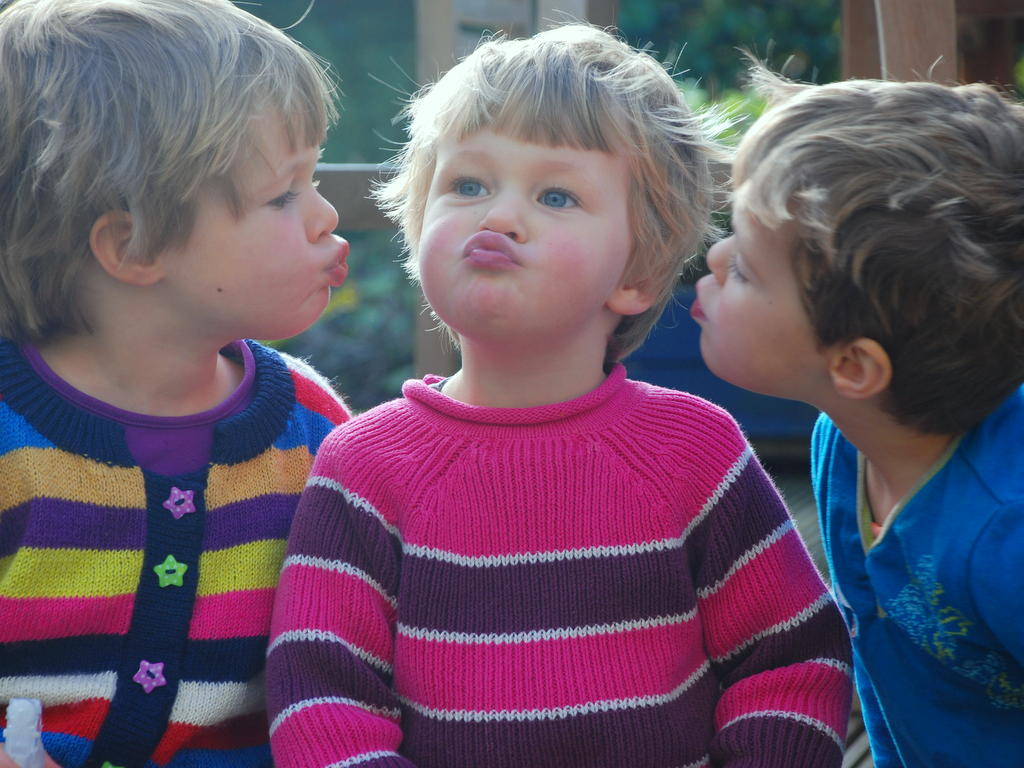
Joint Action
without Mindreading
s.butterfill@warwick.ac.uk
reciprocity
epistemological
phenomenological
onto- and phylogenetic
conceptual
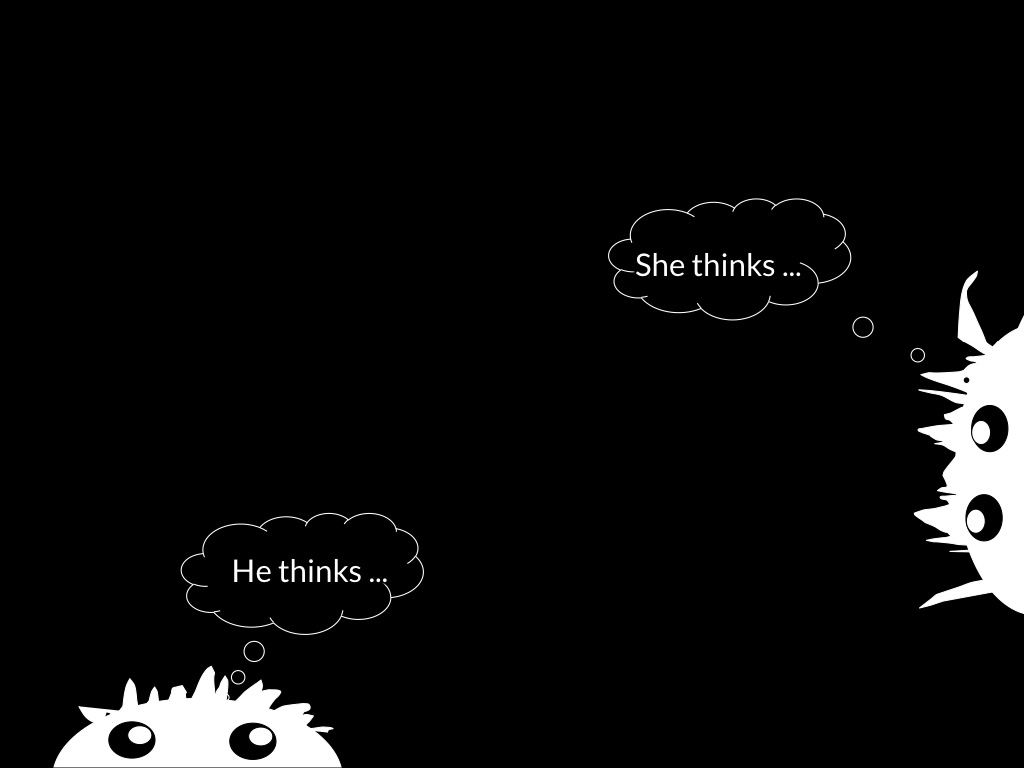
reciprocity
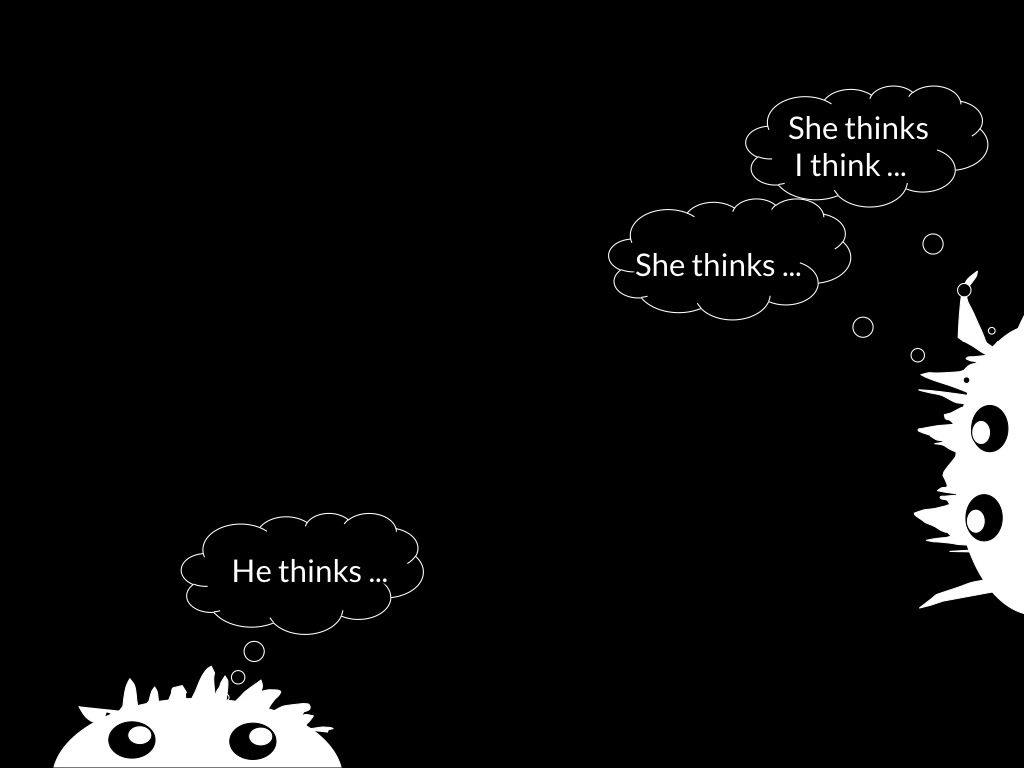
reciprocity

reciprocity

reciprocity

reciprocity
without escalation
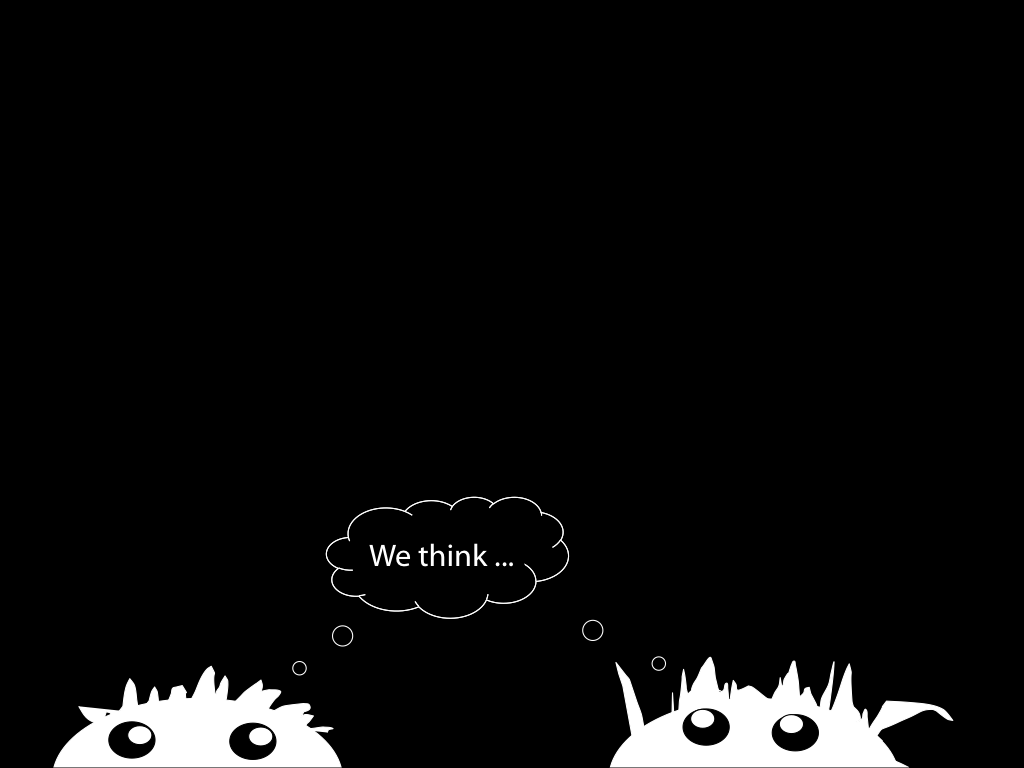
Joint Action
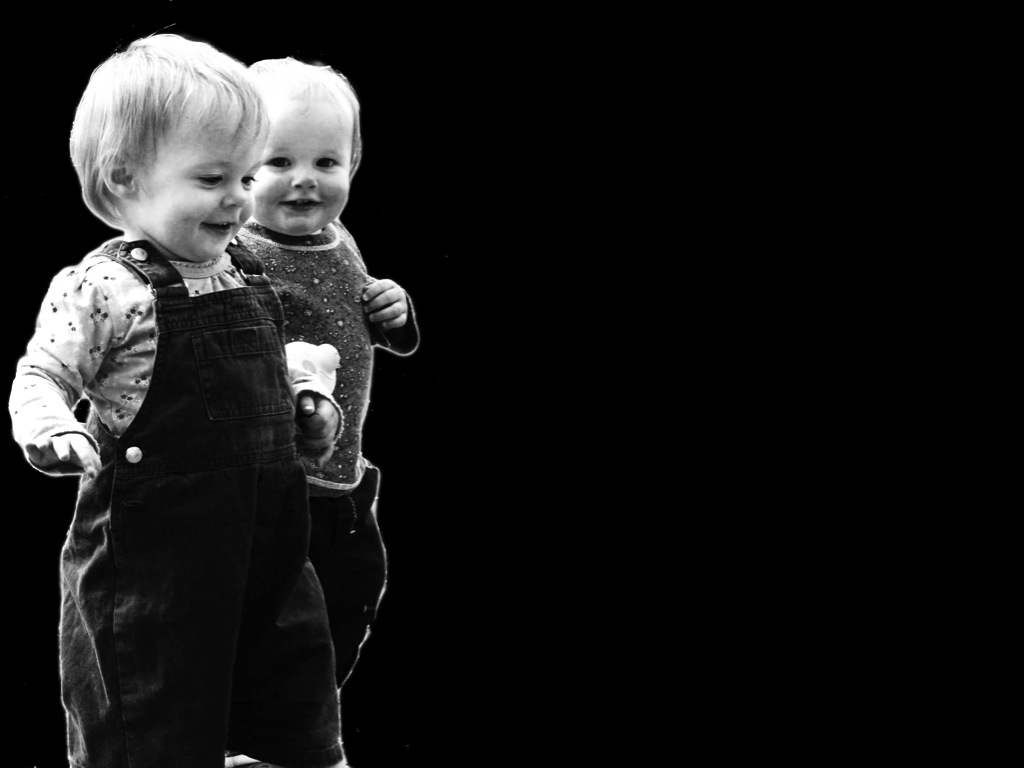
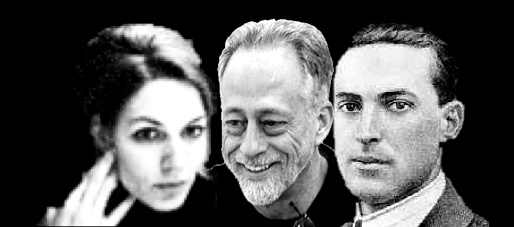
‘participation in cooperative ... interactions … leads children to construct uniquely powerful forms of cognitive representation.’
(Moll & Tomasello 2007)

‘perception, action, and cognition are grounded in social interaction’
(Knoblich & Sebanz 2006)

‘human cognitive abilities … [are] built upon social interaction’
(Sinigaglia and Sparaci 2008)
What kinds of social interaction? Joint action!







each sister intends that
they, the sisters, cycle to school together?


‘each agent does not just intend that the group perform the […] joint action.
‘Rather, each agent intends as well that the group perform this joint action in accordance with subplans (of the intentions in favor of the joint action) that mesh’
(Bratman 1992: 332)
We have a shared intention that we J if
‘1. (a) I intend that we J and (b) you intend that we J
‘2. I intend that we J in accordance with and because of la, lb, and meshing subplans of la and lb; you intend [likewise] …
‘3. 1 and 2 are common knowledge between us’
(Bratman 1993: View 4)


minimal approach

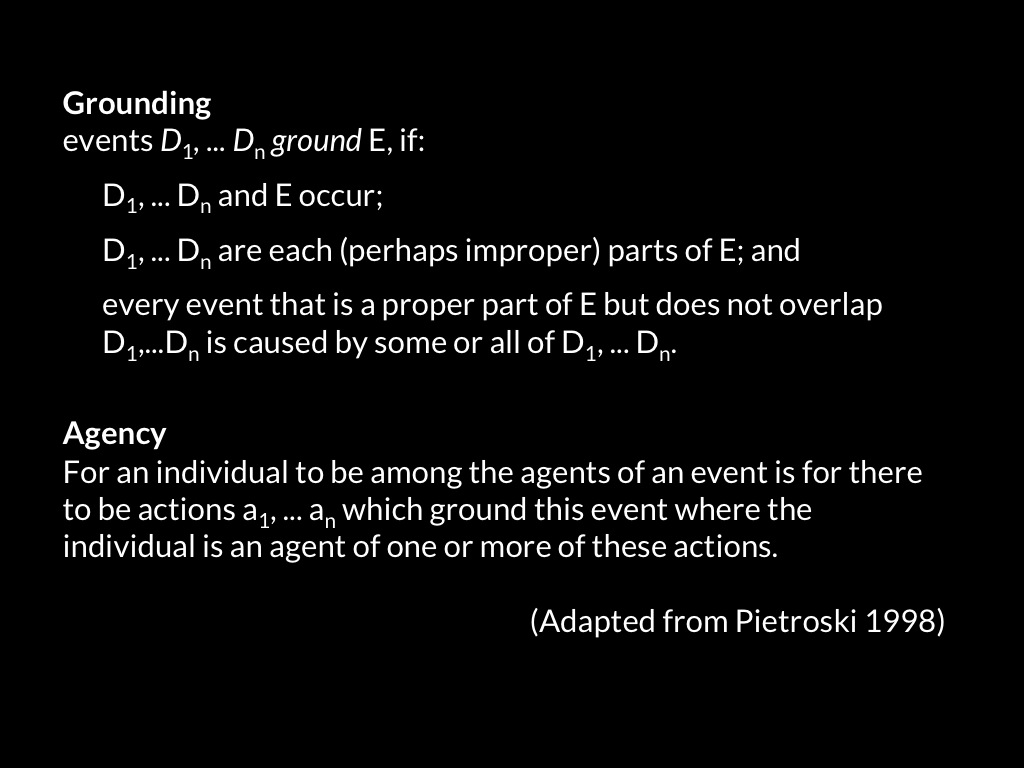


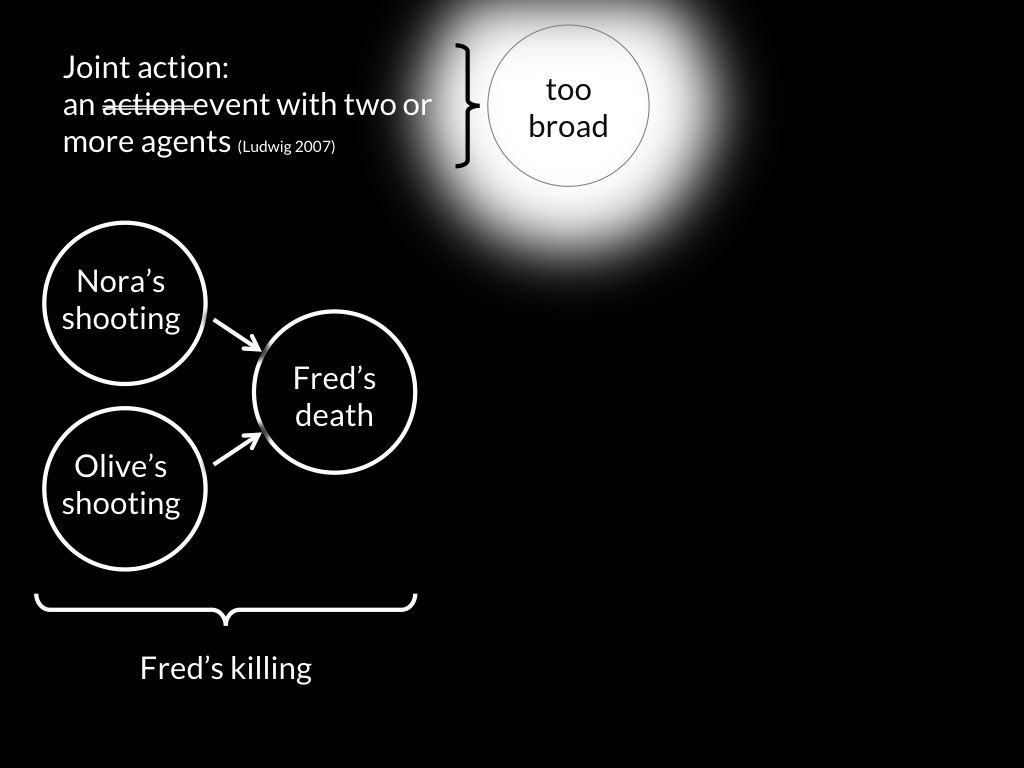
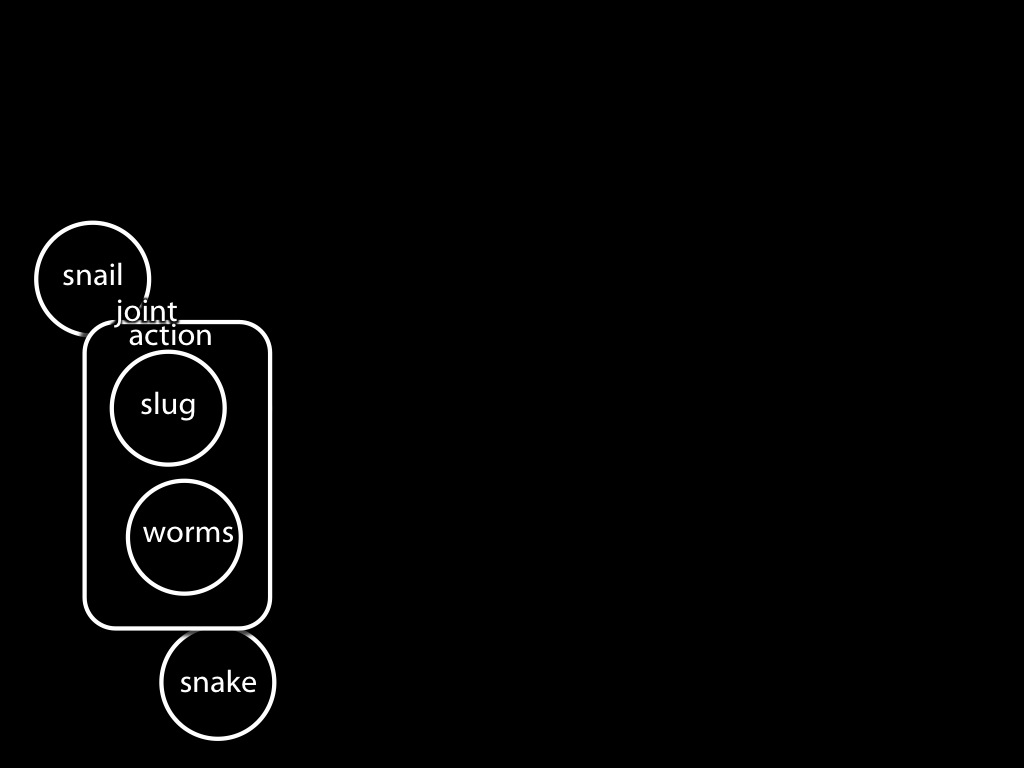

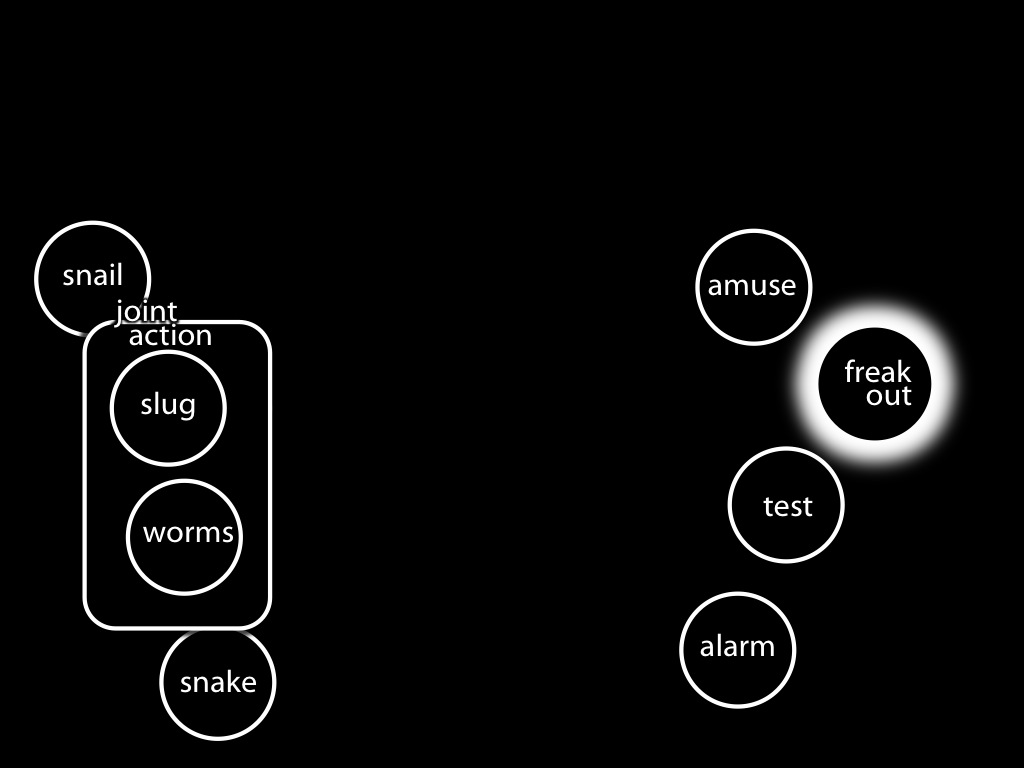

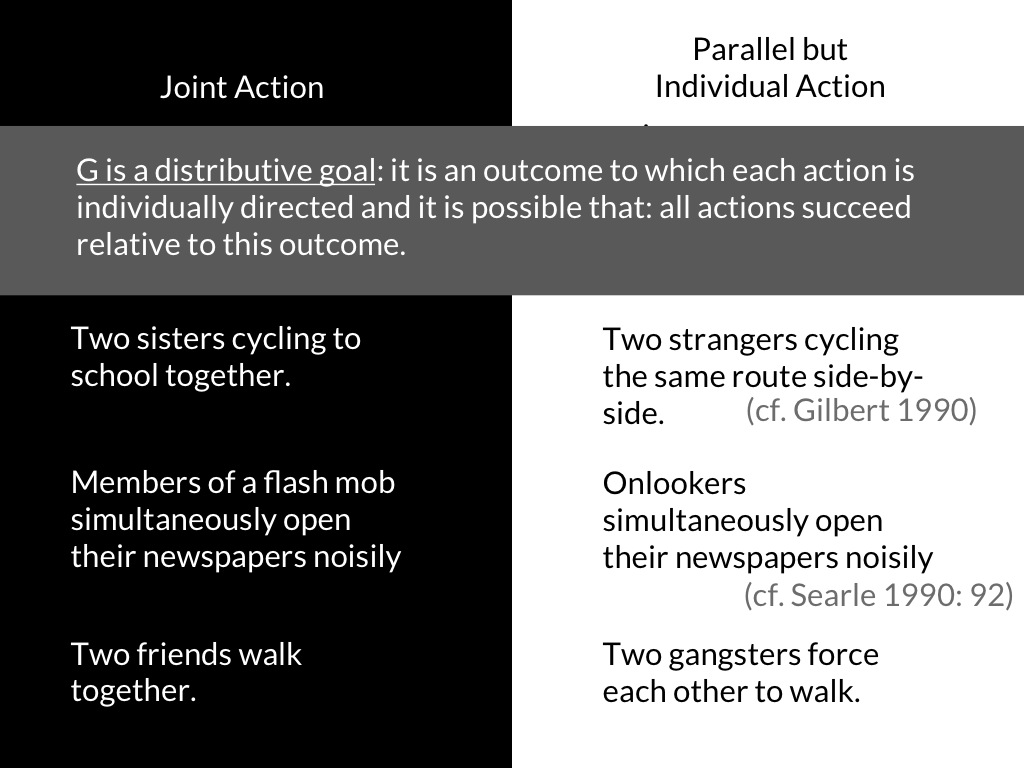


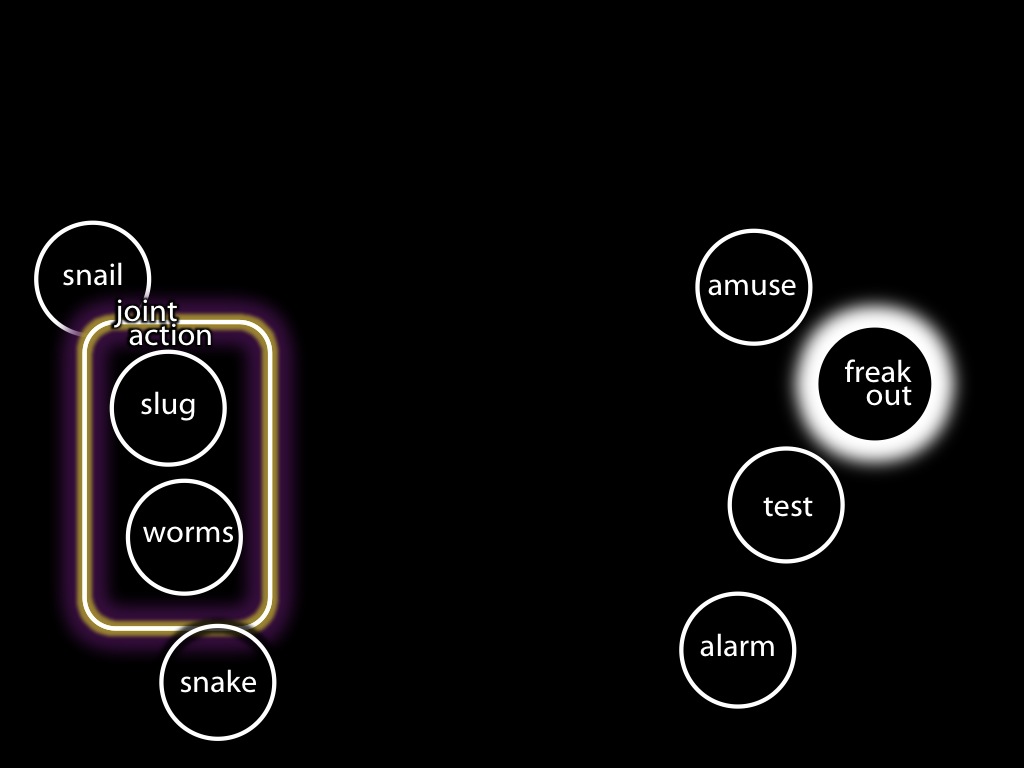
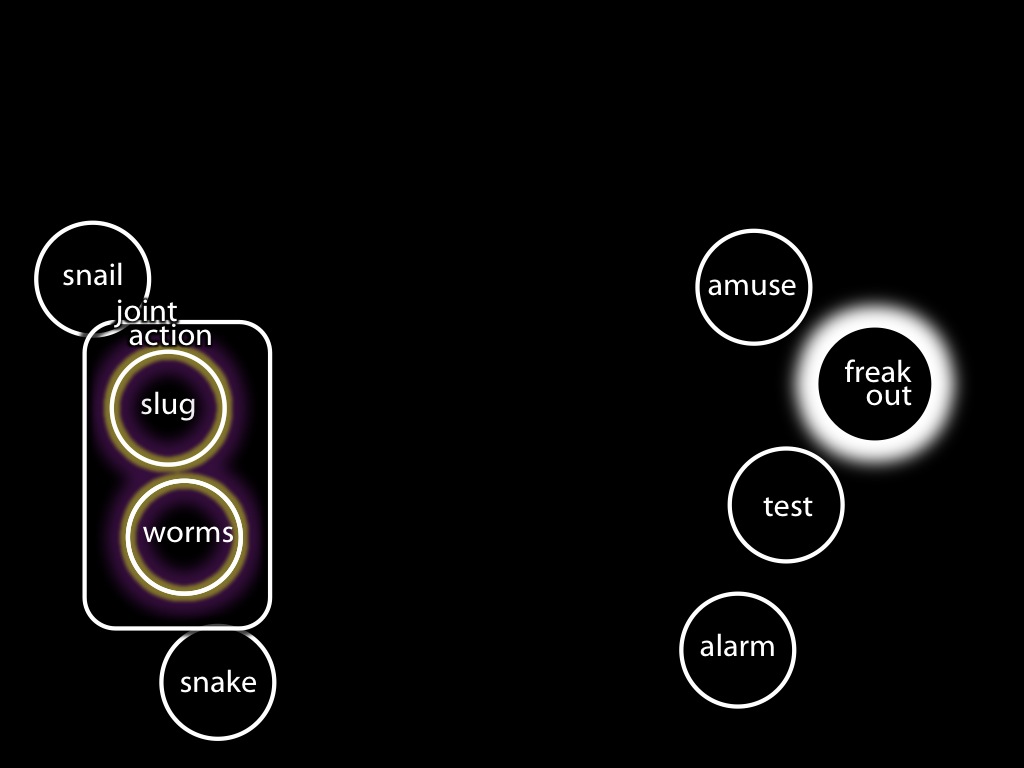




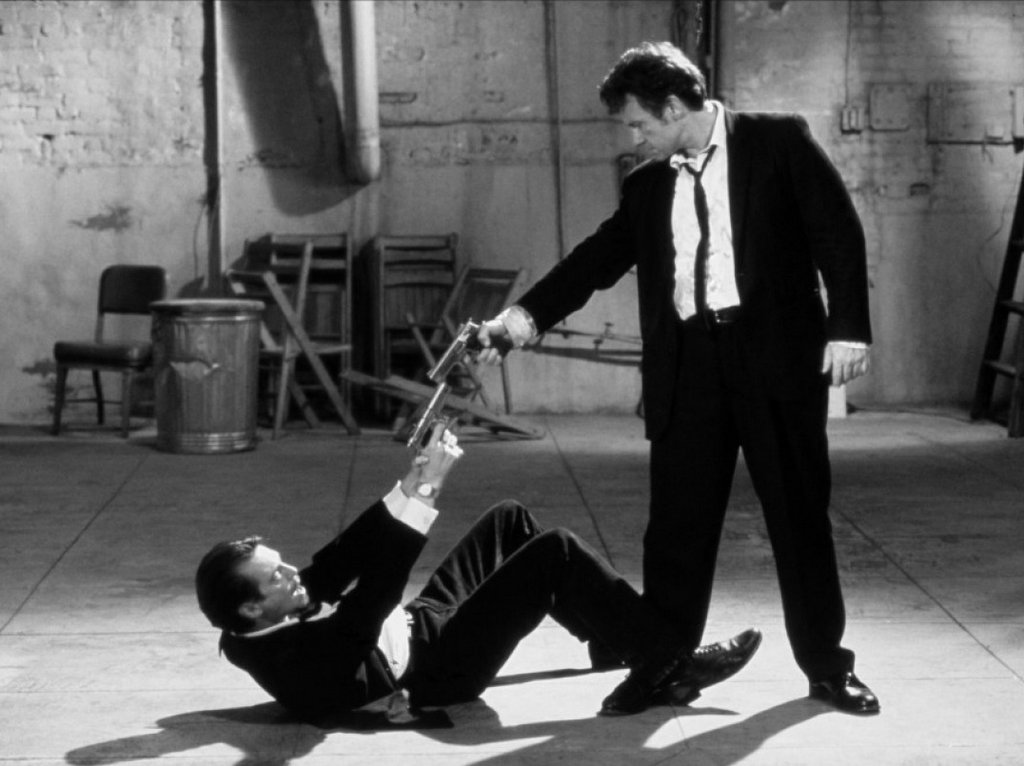


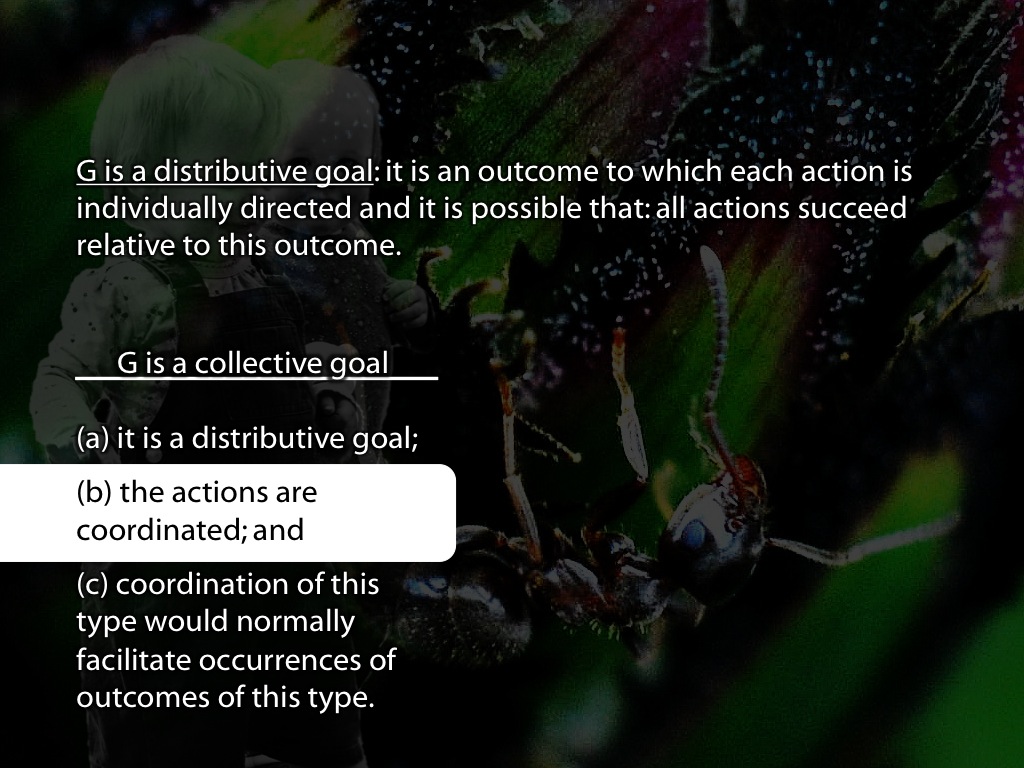
motor representation




motor representations and processes in observation enable predictions
in joint action,
motor representions of collective goals
which trigger planning-like processes
concerning others' actions
facilitate interpersonal coordination






Joint Action without Mindreading


Joint Action without Mindreading
appendix
‘shared intentional agency consists, at bottom, in interconnected planning agency of the participants.’
(Bratman 2011, p. 11)
Facts about your plans feature in my plans & conversely.
We have a shared intention that we J if
‘1. (a) I intend that we J and (b) you intend that we J
‘2. I intend that we J in accordance with and because of la, lb, and meshing subplans of la and lb; you intend [likewise] …
‘3. 1 and 2 are common knowledge between us’
(Bratman 1993: View 4)
parallel planning
You plan our actions, yours and mine, and I plan our actions too

‘shared intentional agency consists, at bottom, in interconnected planning agency of the participants.’
(Bratman 2011, p. 11)
Facts about your plans feature in my plans & conversely.
parallel planning
You plan my actions as well as yours, and I do likewise.